
As stated on our school website (https://www.staszic.edu.pl/szkola-jest-w-trakcie-procesu-autoryzacji-do-statutu-ib-world-school/), we are now a candidate school for the so-called Diploma Programme. It means we can work on our Application for Authorization and because of this, we will try to make you more familiar with International Baccalaureate Diploma Programme as such;

Generally speaking, Polish students planning to take the DP first attend the so-called pre-IB classes. These are first two grades of the secondary school, during which students follow the national curriculum. At this stage, depending on the organizational capabilities of the school, students can take courses which might make the transition to the proper IB DP system smoother. An example of such a course is “Methods of gaining and acquiring knowledge”.
In the second pre-IB grade students need to decide which six subjects (out of those the given school offers) they intend to learn to be then able to take in the exam session. They only attend the courses of choice but it does not mean they only drop by every now and then 😉 because…
… apart from the six chosen subjects (three at the standard level, the so-called SL, and three at the Higher Level, the so-called HL), there are three other mandatory requirements: TOK, CAS and EE.
The acronyms stand for: Theory of Knowledge, Creativity, Activity, Service (a requirement focusing on developing creativity, being physically active and doing community work) and Extended Essay (research paper); these three elements are indispensable for completing the program.
Talking about acronyms… The one at the basis of our endeavors is IB DP. We’ll let you know what it means in the next episode! And to those of you who don’t want to wait: go ahead and look for it within this text, on https://www.ibo.org/ or https://en.wikipedia.org/wiki/IB_Diploma_Programme!
See you in the next episode 🙂
Jak już informowaliśmy (https://www.staszic.edu.pl/szkola-jest-w-trakcie-procesu-autoryzacji-do-statutu-ib-world-school/), nasza szkoła otrzymała status kandydata do miana szkoły IB, co oznacza, że możemy rozpocząć starania o autoryzację. Postaramy się zatem przybliżyć Wam ideę matury międzynarodowej (International Baccalaureate; https://www.ibo.org/).

źródło: https://www.ibo.org/digital-toolkit/logos-and-programme-models/
Ogólnie rzecz ujmując, polski uczeń, który planuje podejść do matury międzynarodowej, zaczyna edukację w szkole średniej od tzw. klasy pre-IB – to pierwsze dwie klasy liceum, podczas których realizuje polską podstawę programową. W zależności od możliwości organizacyjnych szkoły już na tym etapie mogą się pojawić przedmioty, które pozwolą na płynniejsze przejście do pełnego systemu IB, np. metody zdobywania wiedzy i uczenia się.
W klasie drugiej uczniowie deklarują, jakich sześciu przedmiotów (z puli tych oferowanych przez daną placówkę) chcą się uczyć, by następnie zdać z nich maturę i w klasie trzeciej oraz czwartej uczęszczają na te właśnie lekcje. Ale nie oznacza to, że w szkole bywają sporadycznie ;), gdyż…
… oprócz sześciu wybranych przedmiotów (trzech na poziomie podstawowym, tzw. SL – Standard Level i trzech na poziomie rozszerzonym, tzw. HL – Higher Level) realizują trzy przedmioty obowiązkowe: TOK, CAS oraz EE.
Rozszyfrowanie powyższych akronimów to odpowiednio: Theory of Knowledge (teoria wiedzy), Creativity, Action, Service (przedmiot kładący nacisk na rozwój kreatywności, aktywność fizyczną i działalność społeczną) oraz Extended Essay (praca badawcza); bez zaliczenia tych przedmiotów nie można mówić o uzyskaniu matury międzynarodowej.
Á propos akronimów… Ten leżący u podstaw naszych działań to IB DP. Rozszyfrujemy go w kolejnym odcinku! A tych z Was, którzy nie chcą czekać, zachęcamy do samodzielnych poszukiwań w obrębie tego tekstu na https://www.ibo.org/ lub https://pl.wikipedia.org/wiki/International_Baccalaureate!





























































































































































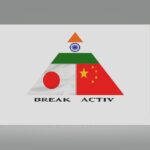










































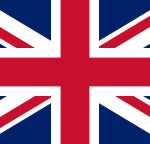

















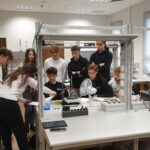






































































































































































































































































































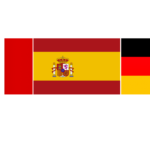























































































































































































































































































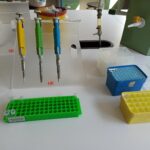




















© IV LO z Oddziałami Dwujęzycznymi im. Stanisława Staszica
